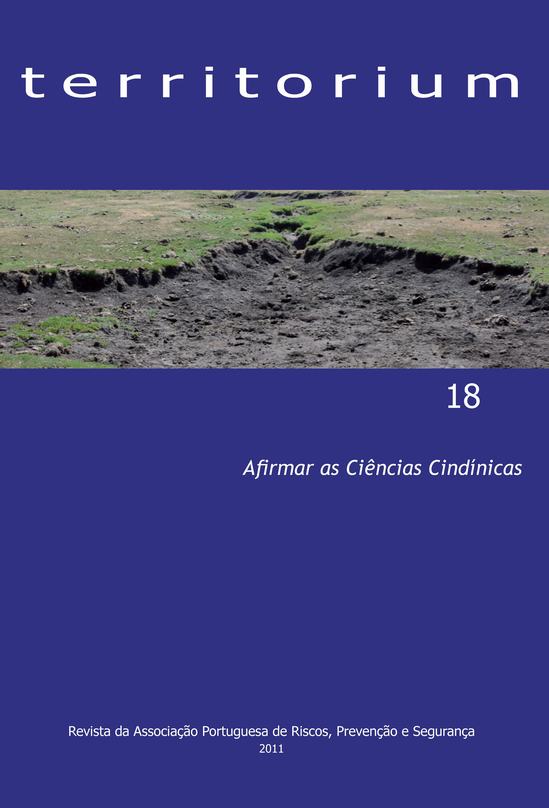Alteration by fi re of the endemic vegetation in the most extensive chain of the coastal mountain range of the Mediterranean zone of Chile
DOI:
https://doi.org/10.14195/1647-7723_18_22Keywords:
Oak forest, fire, sclerophyllous forest, erosion.Abstract
The inland area of the Metropolitan Region of Santiago, Chile, contains the most extensive chain of the Coastal Range of mediterranean Chile, called the Altos de Cantillana, with an altitude of 2185 m.a.s.l. In the same chain there are two other massifs taller than 1,800 m.a.s.l. The basins of these mountains have a substantial plant and animal biodiversity. Noteworthy are the hygrophilic enclaves; palm groves of Jubaea chilensis (the world’s southernmost palm tree); areas with sclerophyllous forests; xeric brush; sclerophyllous brush; and “Santiago oak” (Nothofagus obliqua var. macrocarpa) forests distributed approximately between 1.200 and 1.800 m.a.s.l. The top contains altitude steppe and rocky blocks. Fires on the mountains since 1995 have seriously damaged and altered these ecosystems and in turn have determined the advance of erosive processes on steep slopes. Beside this, there are other anthropic impacts.
Downloads
Downloads
Published
Issue
Section
License
Authors retain copyright and grant the journal right of first publication with the work simultaneously licensed under a Creative Commons Attribution License that allows sharing the work with recognition of authorship and initial publication in Antropologia Portuguesa journal.










